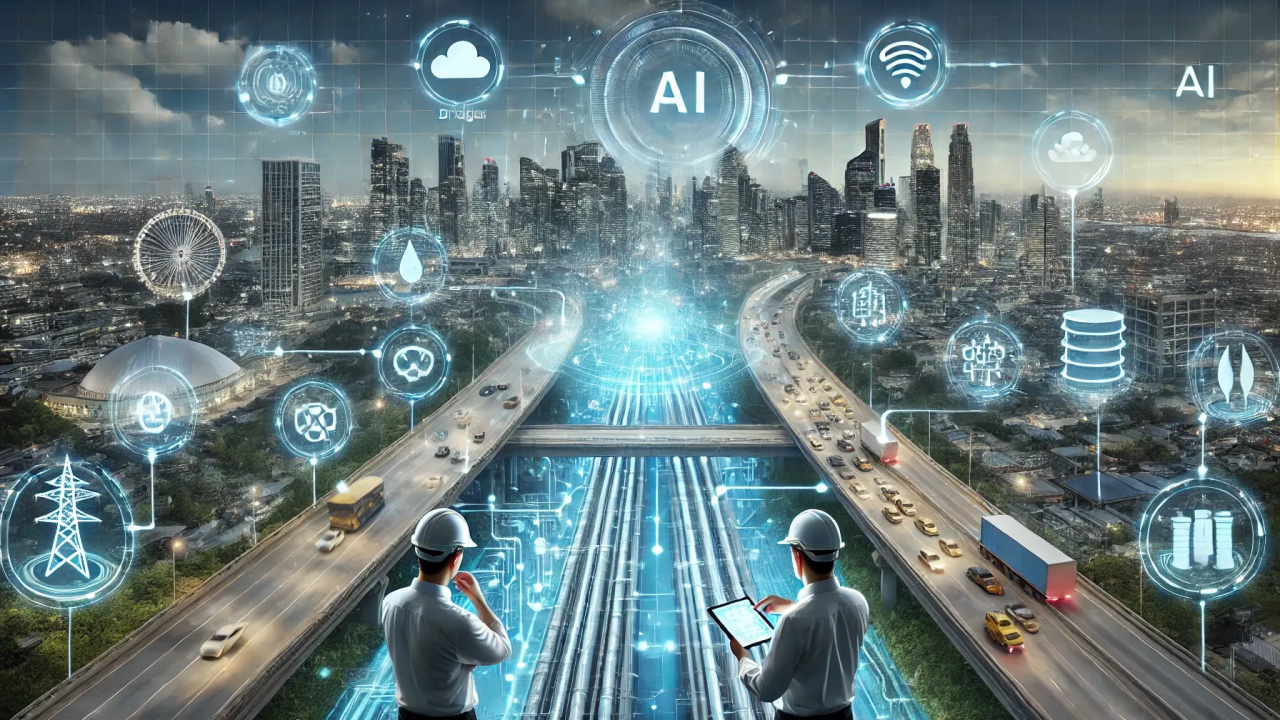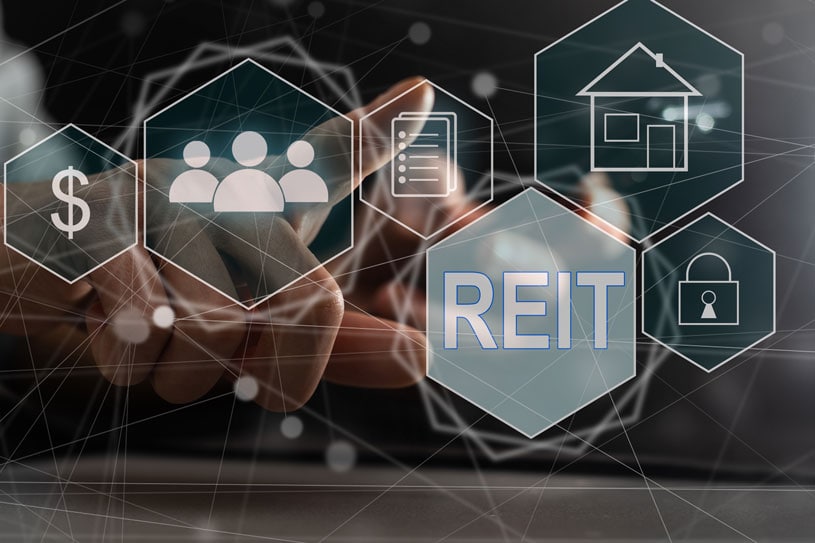Cities worldwide continue to expand and develop. Among the modern-day pressing issues faced by an urban planner, a government, and developers of infrastructure is ensuring that it continues to keep pace with the swelling urban populations. Highways, bridges, mass transit, and utilities have to meet the current demands yet be expandable into the foreseeable future. Traditional infrastructure planning methods, nearly all reactions rather than proactive, cannot meet the increasing intricacies of modern cities.
This is where Artificial Intelligence is making a profound impact. By harnessing the power of AI, urban planners and decision-makers are now able to predict and plan for infrastructure needs more accurately and efficiently than ever before. In this article, we will explore how AI is revolutionizing urban infrastructure planning, its applications, benefits, and potential to reshape cities for the future.
1. Understanding the role of AI in Urban Infrastructure Planning
Urban infrastructure refers to the physical and organizational structures needed for the operation of a society, including transportation systems, water supply, sewage, power grids, communication networks, and more. As cities expand and populations increase, the pressure on these systems intensifies. Urban infrastructure planning has traditionally been a slow, data-driven process, often relying on historical trends and static models that don’t account for rapid changes in demographics, technology, and environmental factors.
AI has become a game-changer in assessing infrastructure needs, given the ability of the technology to analyze huge amounts of real-time data, recognize patterns, and make predictions. By embedding AI into their planning processes, cities can shift from reacting to proactively deciding in advance of impending infrastructure gaps.
2. Data-Driven Insights for Predictive Planning
One of the most important benefits of AI in urban infrastructure planning is the ability to process and analyze large amounts of data. AI can aggregate data from sensors, social media, satellite imagery, traffic patterns, weather reports, and historical records to get a full understanding of how infrastructure is being used and where future needs will arise.
For instance, AI can evaluate traffic flow data from sensors in the road or GPS tracking systems in public transportation vehicles to predict with a high degree of accuracy points of congestion in the transport infrastructure and areas where any eventual expansion or upgrading might be required for roads, bridges, or public transit routes. By identifying these trends early, cities can avoid costly delays and disruptions by scheduling infrastructure improvements well in advance.
Similarly, AI can analyze demographic trends and population growth projections to forecast future demands for utilities like water, electricity, and waste management. This enables urban planners to anticipate where new infrastructure will be needed and helps them allocate resources effectively.
3. Optimizing Traffic Management and Transportation Systems
Transportation is one of the key elements of urban infrastructure. Efficient management of traffic is a challenge being consistently faced by cities, especially in those that are rapidly growing. AI has huge potentials in revolutionizing transportation systems with predictive insights for enhancing traffic flow, less congestion, and overall efficiency in public transportation.
AI-powered systems can analyze real-time data from traffic cameras, sensors, and GPS-enabled vehicles to predict traffic patterns and adjust traffic lights in real time to ease congestion. Machine learning algorithms can point out peak hours of flow, bottlenecks, and incidents in traffic, thus recommending infrastructure improvements or real-time interventions.
In addition, AI helps in optimizing the workability of public transportation. For instance, AI can forecast ridership patterns based on historical data and real-time usage, thus enabling transit agencies to adjust routes and dynamic schedules by considering demand. It can also help identify locations needing infrastructure about new public transit based on area population density and its commuter pattern.
Using AI can help predict and manage traffic flow as well as transportation needs in general, thus reducing travel times, lowering carbon emissions, and generally improving the residents’ quality of life.
4. Smart Energy Grids and Sustainable Infrastructure
In an attempt to make cities more sustainable and energy-efficient, AI has played a very vital role in improving energy consumption and developing smart energy grids. A smart grid is an advanced electricity network that makes use of digital technology to monitor and manage energy usage in real-time, thus allowing more efficient and sustainable distribution of energy.
AI can predict energy demand and supply patterns by analyzing data from smart meters, weather forecasts, and historical consumption trends. This allows utilities to anticipate peak demand times, such as during heatwaves or winter storms, and allocate energy resources more efficiently. Additionally, AI can detect inefficiencies in the grid, such as energy loss, and provide solutions to optimize energy distribution.
AI can also be involved in urban infrastructure planning regarding the identification of opportunities for integration of renewable energy sources, such as solar or wind power, and optimum positioning of energy storage systems, electric vehicle charging stations, and energy-efficient buildings, in order to support the transition to greener, more sustainable cities while ensuring that energy infrastructure remains able to meet future demand.
5. Enhancing Water Management Systems
There are two great concerns facing cities around the world: the increasing shortage of water supply and its inefficient use. Since climate change is affecting the weather, and population growth increases demand for water, AI can be used in improving the water management systems to ensure a sustainable supply for future generations.
AI can analyze data from sensors placed in water treatment plants, pipelines, and reservoirs to predict water usage trends and detect leaks or inefficiencies in the system. This real-time monitoring enables quicker response times to potential issues, reducing water loss and improving the reliability of the water supply.
In addition, AI can optimize the distribution of water across different neighborhoods depending on the usage pattern, weather conditions, and population density. For example, during a heatwave, AI can predict increased demand for water in certain areas and adjust the distribution of water accordingly. By using AI to predict and manage water resources, cities can be sure that they have adequate water to meet the future needs without overburdening the infrastructure.
6. Infrastructure Failure Predictions and Maintenance Needs
Maintenance of infrastructure is equally important in ensuring longevity or functionality within urban systems. Traditional practices in regular maintenance are based on routines and fixed schedules, which lack consideration for real-time deterioration or sudden failures. This is where AI can definitely transform the way maintenance happens, by predicting infrastructure failures before they actually happen, thus enabling cities to take appropriate preventive action and avoid costly repair or replacement.
For instance, sensors powered by AI, embedded in bridges, roads, and tunnels, can monitor the condition of infrastructure in real time. Machine learning algorithms analyze this data to detect early signs of damage, such as cracks, corrosion, or wear, and predict when repairs will be needed. This enables urban planners to schedule maintenance work, manage resources more efficiently, and prolong the life of infrastructure assets.
AI can also optimize the maintenance schedule for sewage and waste management utilities to predict when and where blockages or system failures are likely to occur and ensure repairs before the issues disrupt service.
7. Reduce Costs, Enhance Efficiency
One of the most significant advantages of using AI in urban infrastructure planning is the potential for cost savings and improved efficiency. By predicting future needs and identifying areas where infrastructure may be underperforming, AI helps cities avoid costly and disruptive retrofits or emergency repairs. In addition, AI can streamline the allocation of resources, reducing waste and ensuring that infrastructure projects are completed on time and within budget.
AI can also help cities reduce the environmental impact of urban development by predicting the most sustainable and cost-effective ways to build and maintain infrastructure. Examples include optimizing construction materials, suggesting energy-efficient designs, and identifying opportunities for green spaces-all helping in creating more sustainable and livable cities.
Conclusion
AI is transforming the way cities plan and manage their infrastructure by providing predictive insights that allow urban planners to make more informed, data-driven decisions. AI enables cities to foresee future demands in transportation systems, energy grids, water management, and maintenance practices and address potential issues before they become critical. As AI continues to improve with each coming day, it will, no doubt, be used more in urban planning, resulting in more aware, smart, and sustainable cities to deal with future requirements.
By integrating AI into the planning of urban infrastructure, cities can cut costs, raise efficiency, and improve the living standards of their residents. The future of urban development is in the ability to predict and adapt to changing needs, and AI is set to be a driving force in shaping the cities of tomorrow.










